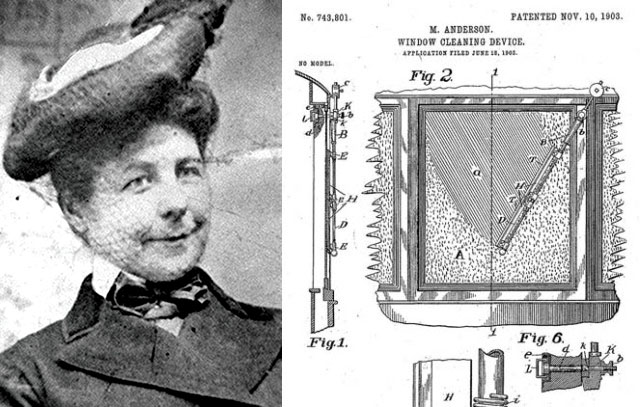Bet You Didn’t Know These 8 Things Were Invented by a Woman?
Sep 8, 2016 • Therese Aseoche

Sep 8, 2016 • Therese Aseoche

From the top of your head, name a woman inventor. Although it wasn’t easy getting the credit they deserved or getting their ideas accepted during their time, there are a lot of things we use every day that we owe to women. Here are just a few of them.
Elizabeth Magie created the board game in 1904 originally as The Landlord’s Game to educate players on the “present system of land-grabbing with all its usual outcomes and consequences.” 31 years later, Charles Darrow made a version of the game and sold it to Parker Brothers as Monopoly. After it became a hit, Darrow earned millions while Magie, whose rights to the game were also bought thereafter, earned a measly $500 without royalties. Darrow’s “creation” lives on until today, and The Landlord’s Game and its intended purpose quickly faded alongside any memory of the woman behind it.
The paper bags we use every day hadn’t always been flat bottomed. And Margaret Knight saw a problem with that while working in a paper bag factory, knowing that packaging items would be much easier with flat bases. This led her to inventing a machine that would automatically fold the paper bags into the shape they are today. Fun fact: she also created a number of other inventions, including a dress and skirt shield, a robe clasp, and a two-pronged spit.
Mary Anderson took a trip to New York City one winter day in 1902 and was stunned by how drivers would have to roll down their car door windows to see a clearer view of the street and by how they would have to pull up to the side of the road every now and then to manually wipe the snow off their windshields. She then conceived a design for a windshield wiper that could be operated by the driver within the vehicle, but attracted little interest. By the time her patent expired, others have made one improvement after another until windshield wipers were finally utilized in Ford Motor Company vehicles in the 1970s.
When the usage of electric typewriters became widespread after World War II, it made typing easier but correcting mistakes more difficult. Bette Nesmith Graham grew tired of having to retype pages over one single error and invented a correction fluid made of white, water-based tempera paint. It quickly grew popular among office secretaries and eventually to the entire world.
Pages: 1 2
Input your search keywords and press Enter.
